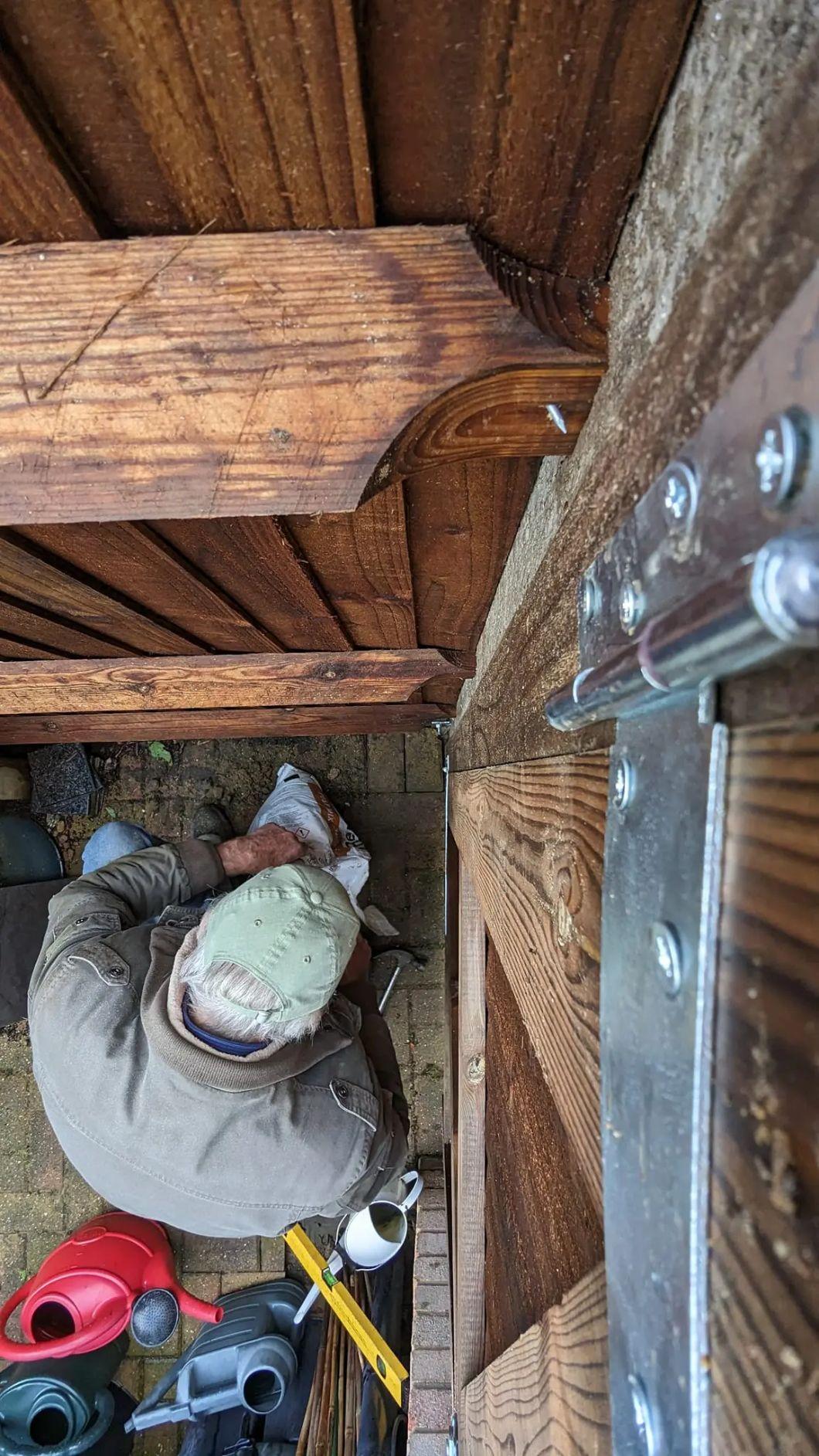Green vs. Brown Timber Fencing: What You Need to Know
The Difference in Fencing Between Green and Brown Timber
Sheridan Fencing mainly specialises in brown timber for our fencing installations, but we’re here to explain the differences between brown and green timber. Whether you’re curious about the traditional look of brown or the subtle green hue of pressure-treated timber, we’ve got you covered.
Understanding Green Timber
When you hear the term "green timber," you might picture a vibrant shade of green similar to fresh grass. However, "green timber" does not refer to its colour. Instead, it appears as a natural wood colour with a slight greenish tint.
This green hue is a byproduct of the timber's pressure treatment process, which enhances its durability and lifespan. The greenish colouration arises when the copper-based preservatives used during the vacuum pressure treatment react with air, causing oxidation. This oxidation gives treated timber its subtle green tinge.
It's important to note that this green hue is not an intentional colour choice but a natural consequence of the chemical treatment. The exact shade can vary due to the industrial nature of the process. If you prefer a different colour, we offer customization options where we can source timber to match your desired aesthetic through various suppliers.
Understanding Brown Timber
Brown timber is characterized by its rich, traditional dark brown colour. Like green timber, it undergoes the same pressure treatment to enhance durability and extend its life. The key difference is the addition of a brown dye to the copper preservative mixture, giving the timber its familiar brown appearance.While brown timber may be preferred for its classic look, it's important to understand that the dye is part of the industrial preservation process rather than a decorative finish. Over time, the colour of treated timber, whether green or brown, will naturally fade. Regular maintenance, such as applying wood stains or paint, can help preserve the desired colour.
Key Differences
In summary, "green timber" refers to timber that has been pressure treated and left in its natural state, displaying a pale wood colour with greenish hints. In contrast, "brown timber" undergoes the same treatment process but includes a brown dye, giving it a traditional brown finish.Choosing the Right Timber Color
As a fencing supply and fit company not tied to any specific supply yard, we have the flexibility to source timber in various colours based on your specific preferences. Whether you prefer green, brown, or any other custom colour, we can accommodate your needs through our network of suppliers.Are Both Green and Brown Timber Treated?
Yes, both green and brown timber are treated using a process known as pressure treatment. This method protects the timber from decay, rot, insects, and fungal attacks by infusing chemical preservatives deep into the wood, not just on the surface. Pressure-treated timber is significantly more durable than untreated timber, ensuring a longer lifespan and enhanced protection.
Weathering of Green and Brown Timber (Insider Fencers Tip)
After approximately ten months of weathering, both green and brown timber will undergo noticeable changes in appearance due to exposure to the elements. Initially distinct, the differences between the two types of treated timber will blur over time, making it challenging to distinguish which was originally green and which was brown.
Sheridan fencing - Dave Relf


